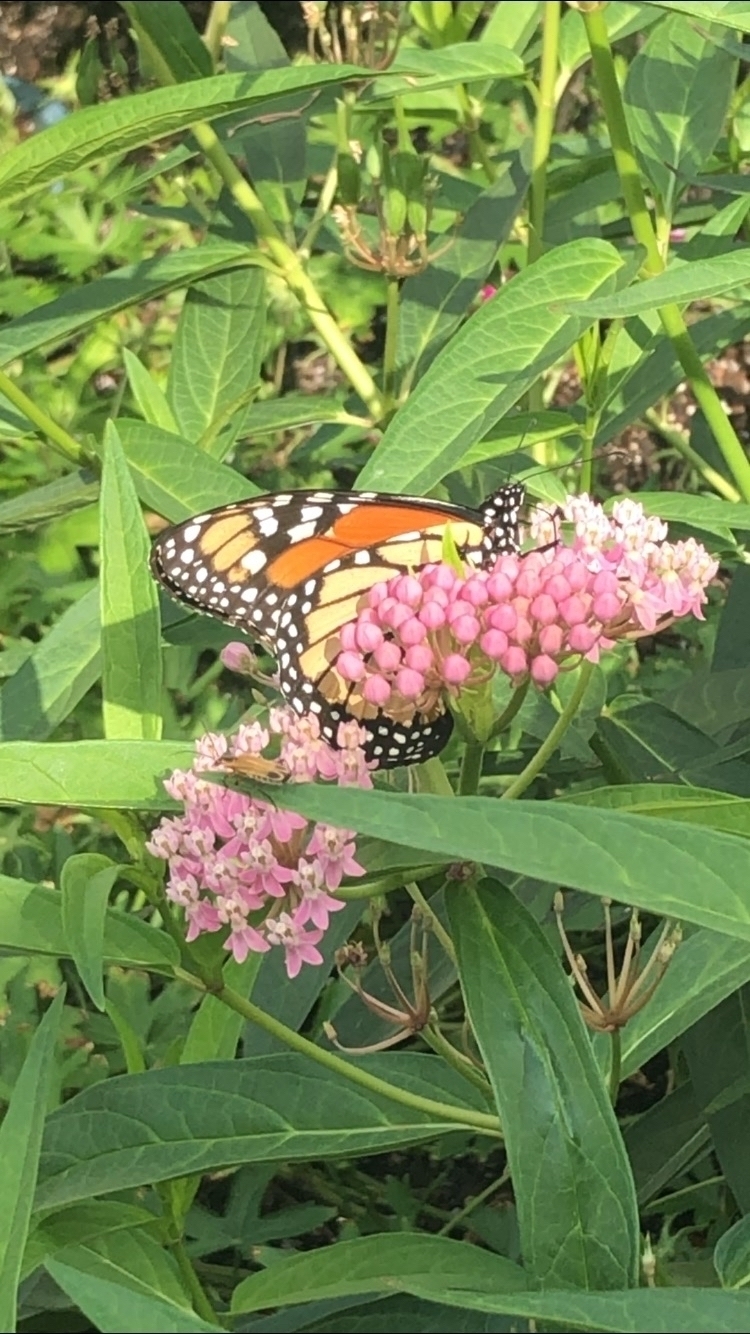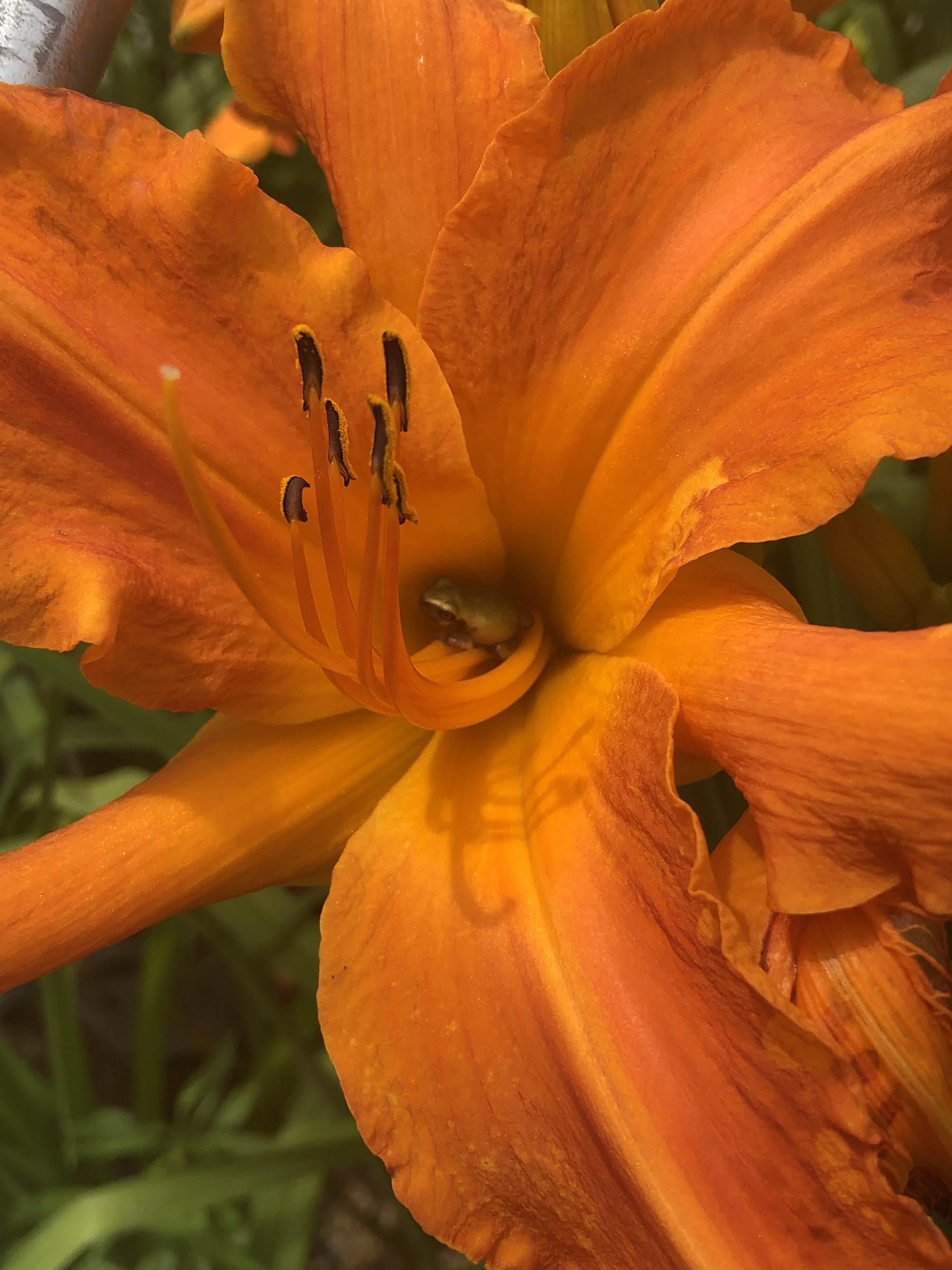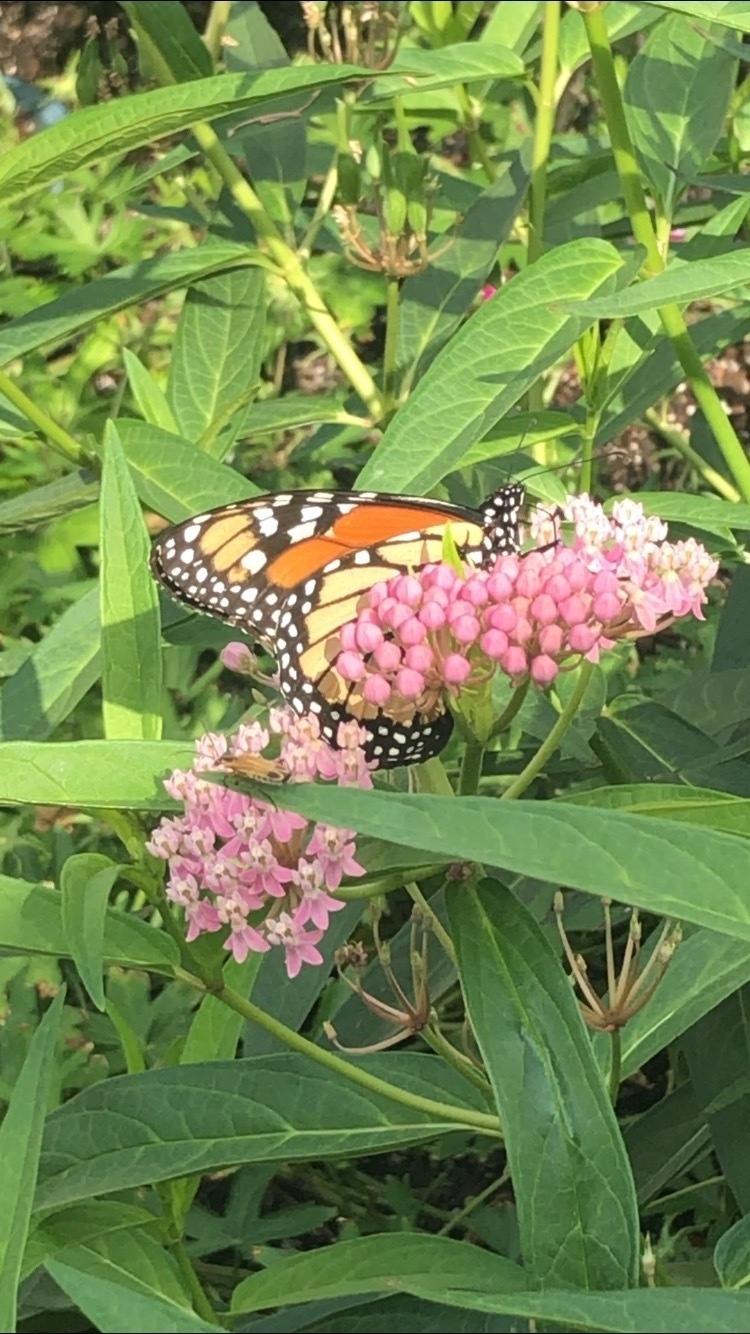There is no such thing as the “environment”
Sallie McFague, Blessed are the Consumers: Everything is interconnected. Philosopher Bruno Latour has imagined such a world. Its primary characteristic is that there is no “environment,” no external world that is our playfield. Rather, there is “one world,” a cosmos, a totality of things, all of which are “insiders,” members of the collective who have voice. Hence, “we must connect the question of the common world to the question of the common good.


